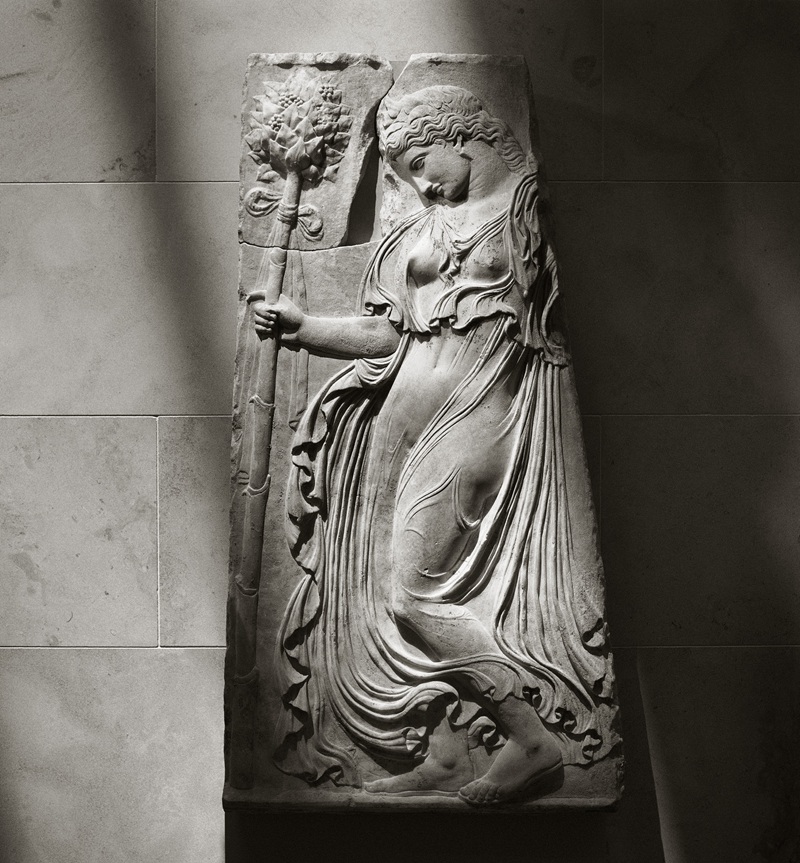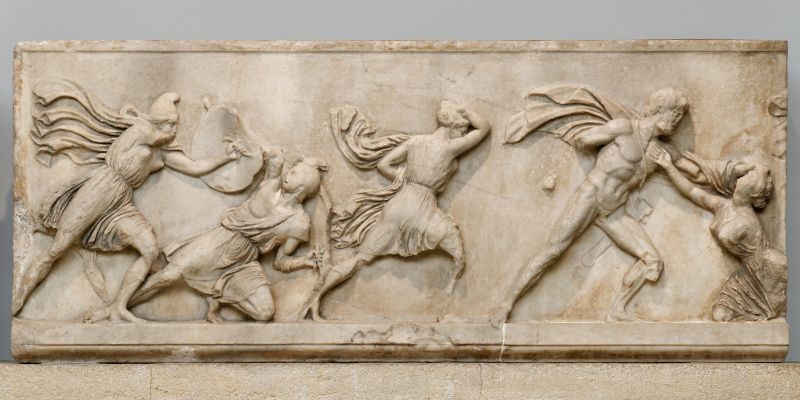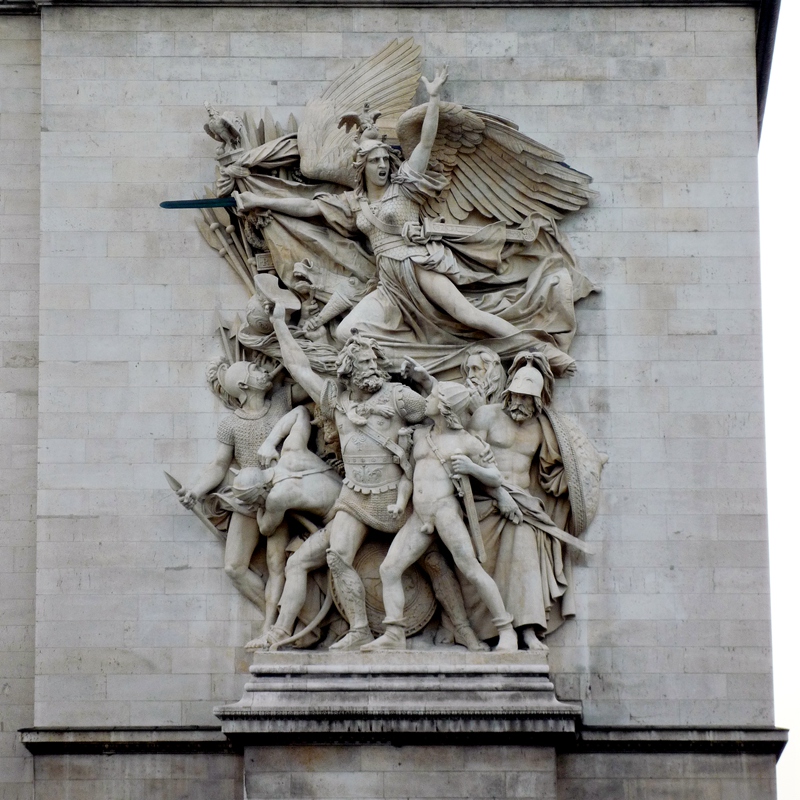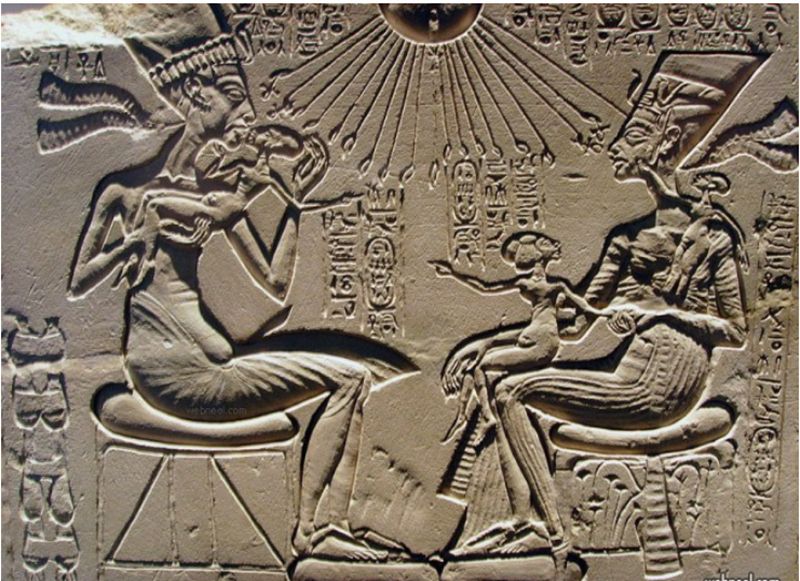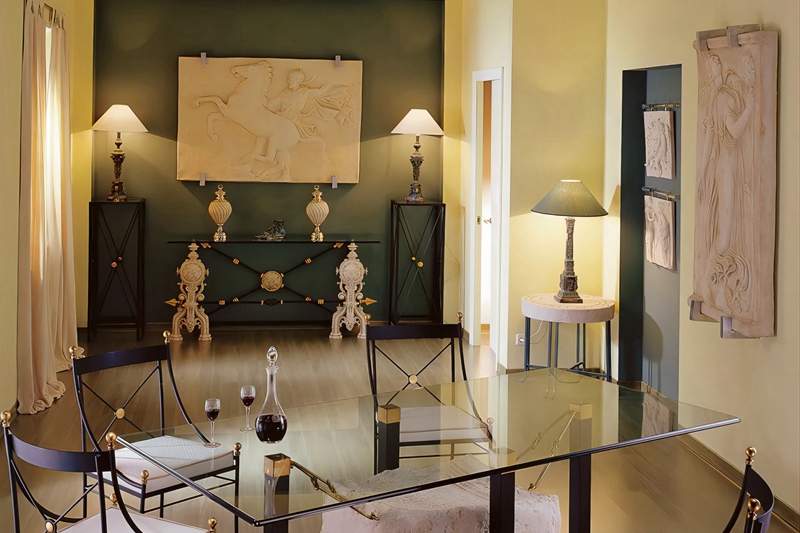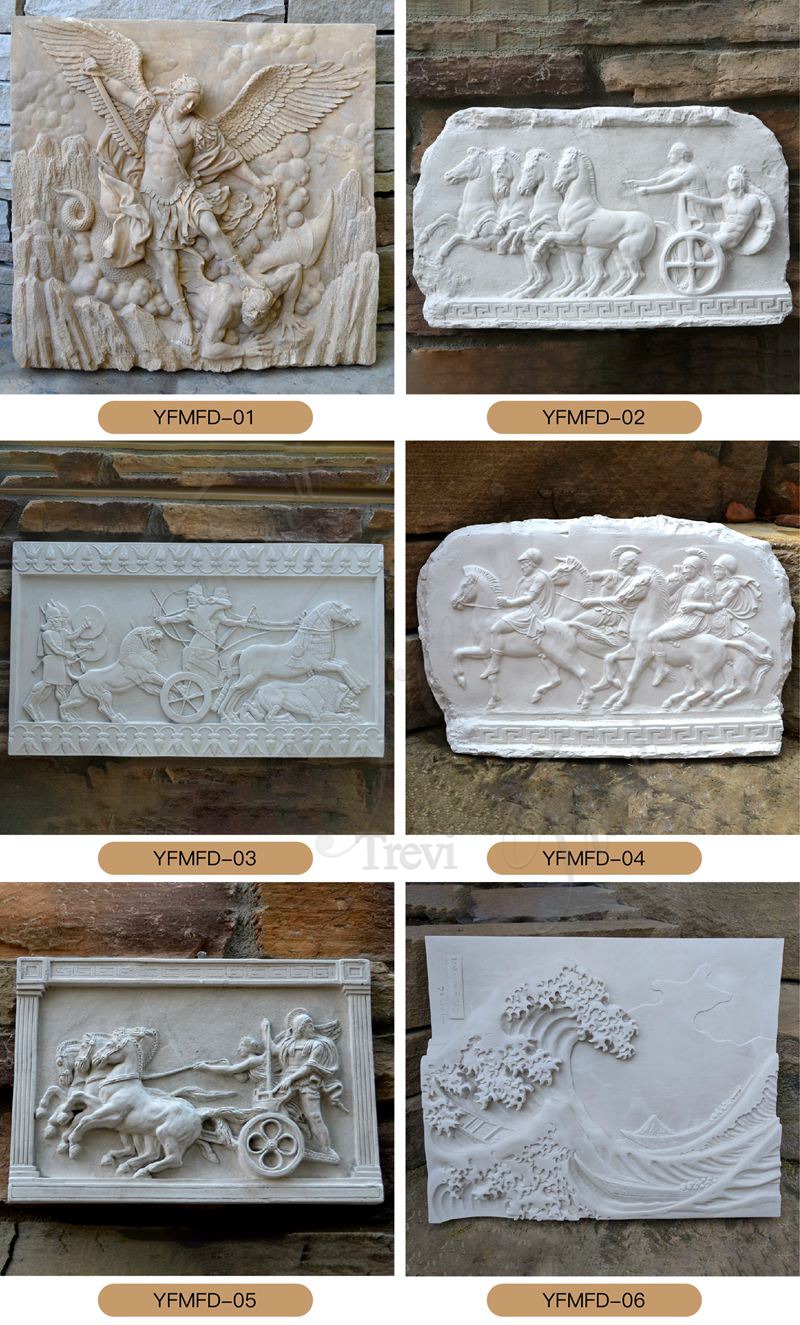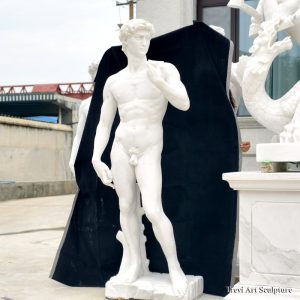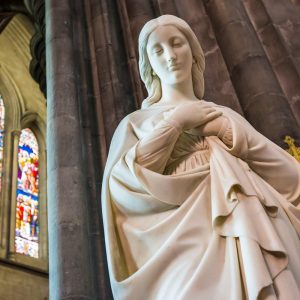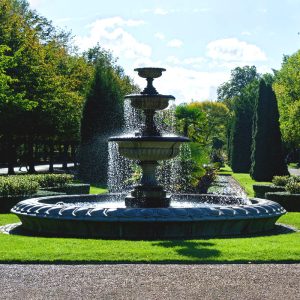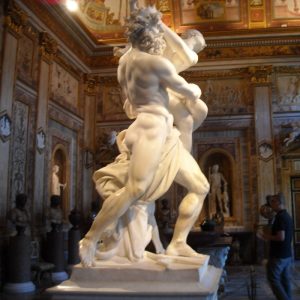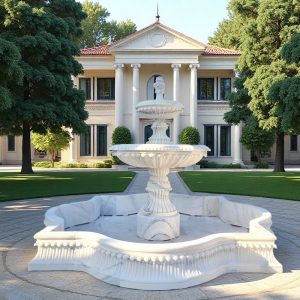Relief sculpture is an intriguing art form that includes the three-dimensional depth of sculpture with the two-dimensional flatness of a panel. This technique, dating back to ancient civilizations, plays with shadows and light to give flat surfaces a sense of depth. Today, I’ll explore the three primary types of relief sculpture, each offering a unique visual experience and technical challenge: bas relief, high relief, and sunken relief.
Bas-Relief (Low Relief)
Bas relief is the most common form of relief sculpture. It involves carving the image slightly above the background. This style is characterized by its subtle projection from the background plane. Because of its shallow depth, bas-relief relies heavily on light and shadow to accentuate the contours and details of the image. Notable examples include the carvings on the Parthenon in Athens and the intricate designs of the Roman Ara Pacis.
High Relief
High-relief sculptures are more dramatically pronounced from the background than bas-relief. They are often with elements of the sculpture fully in the round. Or you can say it is completely detached from the background. This type allows for more depth and detail, People can observe the elements from multiple angles. High relief is particularly effective for dynamic scenes with multiple figures and interactions, as seen in the famous panels of the Gates of Paradise by Lorenzo Ghiberti in Florence.
Sunken Relief (Incised Relief)
Sunken, or incised relief, is a technique where the design is carved into the material rather than projecting out. The carved areas are recessed, making the background the highest point. This style is less common and is predominantly found in ancient Egyptian art. Sunken reliefs are particularly well-suited for tough materials, like stone, where high or low reliefs would be difficult to execute. They are also ideal for imagery that requires subtle gradations of light and shadow, which are achieved by varying the depth of the carving within the stone.
Relief sculptures bring a unique blend of depth and perspective to art, allowing artists to explore complex themes in a confined space. Whether it is the gentle undulation of a bas-relief, the dramatic emergence of high relief, or the subtle depth of a sunken relief, each type provides a distinct way to experience the sculptor’s craft. As we appreciate these forms, we also connect with a rich history of artistic expression spanning cultures and millennia.
Where are different types of reliefs often used for decoration?
Bas-Relief Low relief is often used in more decorative situations because of its subtle and inconspicuous highlighting characteristics. This type of relief is commonly found on coins, medals, decorative panels, and the walls of buildings. For example, carvings on the facades of many public buildings or monuments are often in low relief to add visual interest without being overly prominent. This approach is suitable for scenes that require detail and layers but not much dimension.
High Relief High Relief is suitable for artworks that require more vivid expression due to its depth and dynamic expression. This type of relief is often used in sculpture parks, memorials, and religious buildings, such as church facades or interiors. The high-relief sculpture creates a more three-dimensional and dynamic scene and is suitable for representing the interaction of figures with their environment, such as complex assemblages of historical or mythological scenes.
Sunken Relief Sunken relief is mainly used for hard and difficult-to-work materials, such as stone. Commonly used in ancient Egyptian tomb decorations and inscriptions, this type of relief creates a more subtle shadow effect when exposed to sunlight, adding a sense of depth and layering. Concave relief is suitable for exteriors and conservation areas of historic buildings because it is less susceptible to erosion and wear.
Each type of relief is used in the right context according to its artistic effect and functionality, If you are also interested in marble relief sculpture and want to decorate your space with relief, then finding a good sculpture supplier will be very important.
Where to Find Reliable Marble Relief Supplier?
Trevi factory is a direct factory and very professional in making statues, and have many professional carving masters and designers in our factory. So any of your needs we can meet for you, especially the customization. the preferential price and excellent quality are our characteristics. At the same time, excellent service and customer satisfaction are the ultimate goals we pursue. If you have any interest, please contact us anytime!
